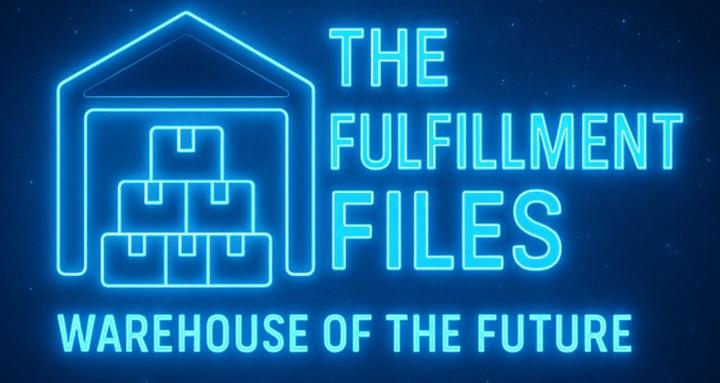Jun 23 (edited) • Future Tech & Innovation
IoT Introduction
Let me know your thoughts around IoT and the gaps still in the industry around it!
What’s IoT & Why It Matters for Fulfillment
IoT connects devices (sensors, scanners, machines) to the internet to collect and share data in real-time. For warehouses, IoT can:
Boost efficiency: Track inventory instantly.
Cut costs: Spot issues like equipment downtime early.
Improve accuracy: Reduce picking errors.
Add value: Deliver faster, happier customers.
Example: A $50 IoT sensor on a conveyor belt can alert you when it’s jammed, saving hours of downtime.
Getting Started with IoT (Low-Tech Friendly)
No need for a tech overhaul! Here’s an executable plan:
Start Small:
Buy affordable IoT sensors (e.g., RFID tags, temperature monitors).
Example: Use Bluetooth trackers for high-value inventory.
Focus on Pain Points:
Struggling with misplaced pallets? Use IoT GPS tags.
High energy bills? Smart plugs monitor power usage.
Use Plug-and-Play Tools:
Platforms like Tuya or AWS IoT offer user-friendly dashboards.
No coding needed—just connect and monitor!
Train Your Team:
Run a 1-hour workshop to show staff how to read IoT alerts.
Keep it simple: “Red light = check machine.”
Measure ROI:
Track metrics like order accuracy or downtime reduction.
Example: A small IoT setup can save 5-10 hours/week in manual checks.
Affordable: Start with a $100-200 pilot project.
Scalable: Add more devices as you grow.
Competitive Edge: Real-time data = faster decisions, happier clients.
Future-Proof: IoT preps you for automation down the road.
Real-World Win: A small 3PL in Ohio used IoT temp sensors to ensure cold-chain compliance, winning a $50K contract with a pharma client.
0
0 comments
powered by

skool.com/the-fulfillment-files-2761
Unlock fulfillment strategies that top warehouses use and get access to hidden methods that slash costs, boost throughput, and deliver results—fast.
Suggested communities
Powered by
